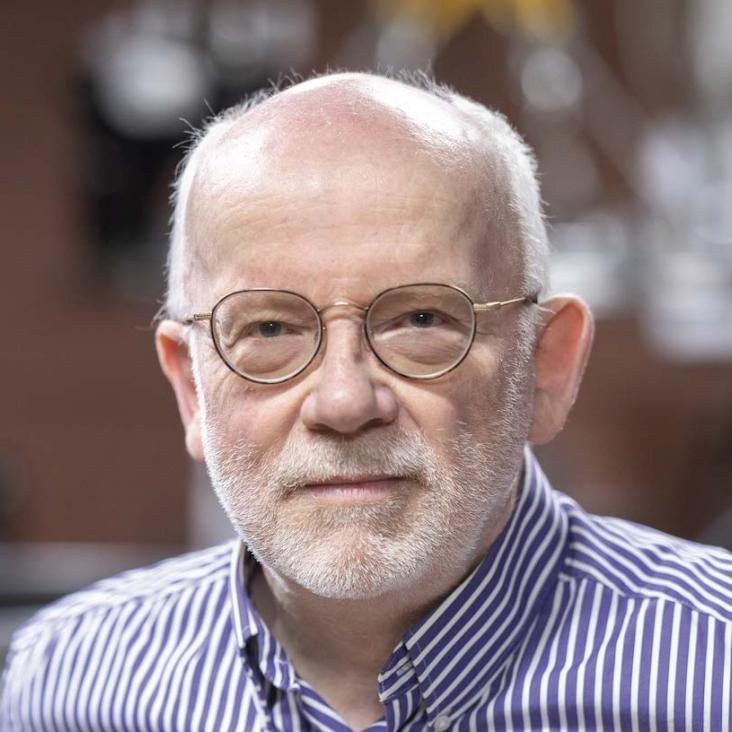An Experimental Study of Magnetic Flux Penetration in Radiatively Driven Plasma Flows
Institute of Electrical and Electronics Engineers (IEEE) 00 (2022) 1-1
Investigating radiatively driven, magnetized plasmas with a university scale pulsed-power generator
Physics of Plasmas AIP Publishing 29:4 (2022) 042107
Abstract:
We present first results from a novel experimental platform that is able to access physics relevant to topics including indirect-drive magnetized inertial confinement fusion, laser energy deposition, various topics in atomic physics, and laboratory astrophysics (for example, the penetration of B-fields into high energy density plasmas). This platform uses the x rays from a wire array Z-pinch to irradiate a silicon target, producing an outflow of ablated plasma. The ablated plasma expands into ambient, dynamically significant B-fields (∼5 T), which are supported by the current flowing through the Z-pinch. The outflows have a well-defined (quasi-1D) morphology, enabling the study of fundamental processes typically only available in more complex, integrated schemes. Experiments were fielded on the MAGPIE pulsed-power generator (1.4 MA, 240 ns rise time). On this machine, a wire array Z-pinch produces an x-ray pulse carrying a total energy of ∼15 kJ over ∼30 ns. This equates to an average brightness temperature of around 10 eV on-target.Multi-group radiation diffusion convergence in low-density foam experiments
Journal of Quantitative Spectroscopy and Radiative Transfer Elsevier 280 (2022) 108070
Abstract:
We present an in-depth analysis of a Marshak radiation wave moving through an iron-oxide (Fe2O3) foam using a 1D multigroup diffusive radiation transport model, MDART (Multigroup Diffusion Algorithm for Radiation Transport). We consider the consequences of under-resolving the group structure and address how this could lead to incorrect conclusions in the analysis of general supersonic radiation wave experiments. We also provide an analysis of the types of experimental outcome one may incorrectly link to physical effects but are in fact due to poor simulation practice.
A laser-plasma platform for photon-photon physics: the two photon Breit-Wheeler process
NEW JOURNAL OF PHYSICS IOP Publishing 23:11 (2021) ARTN 115006
A laser–plasma platform for photon–photon physics: the two photon Breit–Wheeler process
New Journal of Physics IOP Publishing 23 (2021) 115006


